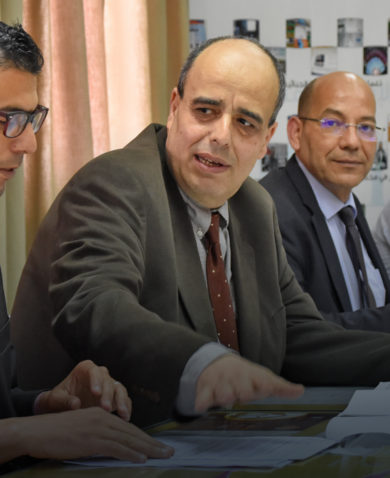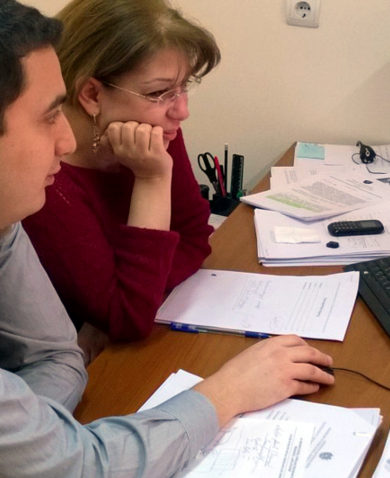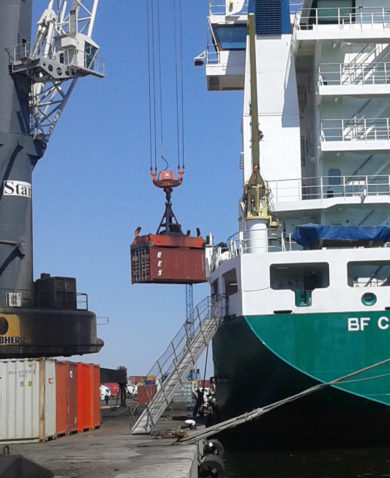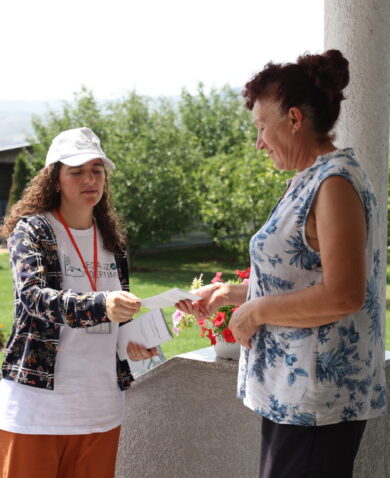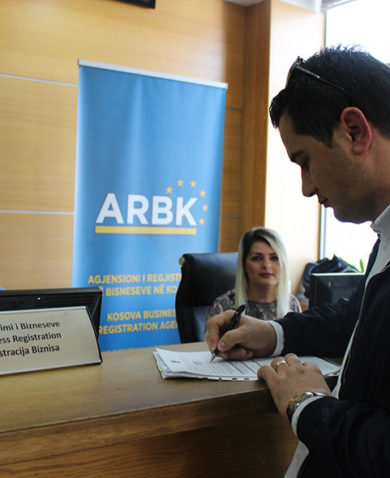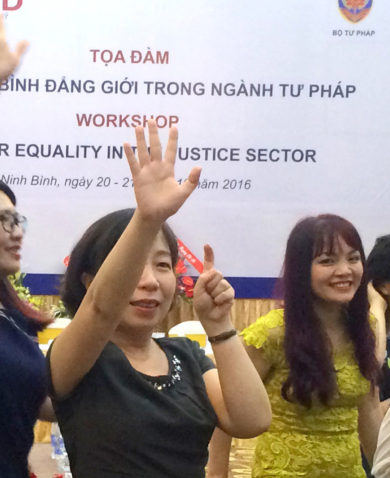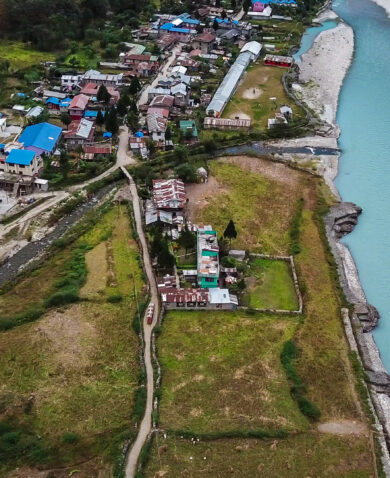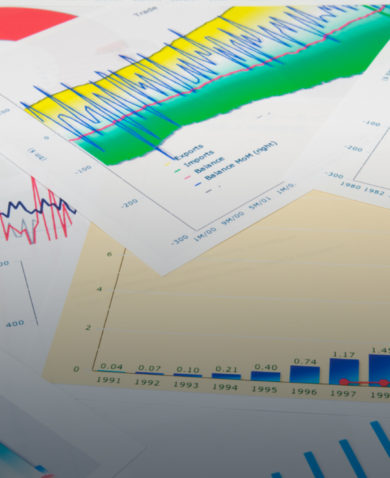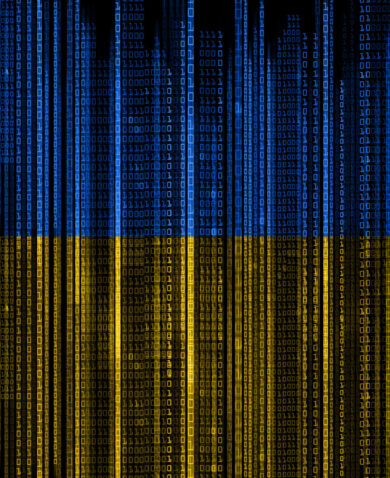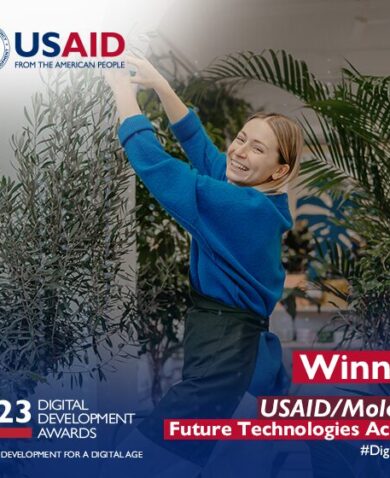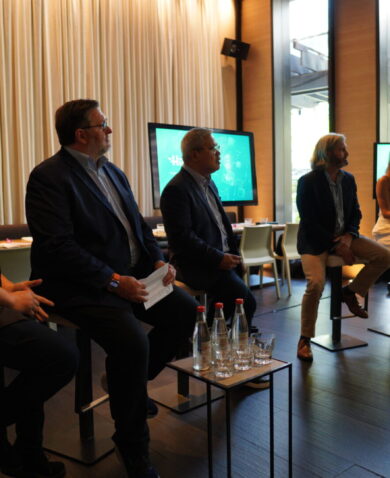
How Will The World Pay for The Sustainable Development Goals?
June 4, 2015 | 2 Minute ReadThis week, Chemonics is attending the International Consortium on Governmental Financial Management (ICGFM) in Miami, Florida.
The International Consortium on Governmental Financial Management (ICGFM) is convening this week in Miami, Florida, with the shared interest of improving public financial management in their respective countries. To kick off the conference, Lead Financial Management Specialist Svetlana Klimenko from the World Bank highlighted the importance of public financial management within the larger context of the Millennium Development Goals (MDGs), and the soon-to-be established Sustainable Development Goals (SDGs), which will help drive the implementation of sustainable development beyond 2015. Already the SDGs’ Open Working Group has created 17 goals with 169 associated targets.
With so many goals and targets, a key question emerges: How will these new development goals be financed?
In her presentation, Ms. Klimenko noted that in the switch from MDGs to SDGs will not likely be accompanied by an increase in international donor assistance, and so it will need to be used in a more effective way to achieve the thus far ambitious SDGs. One focus of the World Bank and other international development organizations is to hone in on better use of domestic resources through domestic revenue mobilization (DRM). According to Ms. Klimenko, DRM is the largest untapped resource available for most countries to fund their development goals. The paper “From Billions to Trillions: Transforming Development Finance” (April 2015)—prepared jointly by seven major development banks including the World Bank Group—states that DRM “reinforces a country’s ownership of public policies, reduces aid dependency, and can raise creditworthiness.”
Donors can play a role in supporting DRM and increasing public expenditure efficiency through a combination of technical assistance and institutional capacity building. The banks’ paper says DRM “should focus on mutually reinforcing core elements: stronger administrations, simpler revenue systems, and collective action to address international tax issues, evasion and avoidance more widely.”
Next up at the ICGFM conference? A more detailed look at DRM from USAID’s perspective during a presentation today by the Director of the Office of Economic Policy at USAID, Robert Wuertz.
Jill Lyon is attending the International Consortium on Governmental Financial Management (ICGFM) conference in Miami, Florida. The conference covers innovative approaches to managing resources; expanding the use of technologies to improve efficiency and transparency; and methods of accountability from internal and external audits to social media engagement with citizens.


